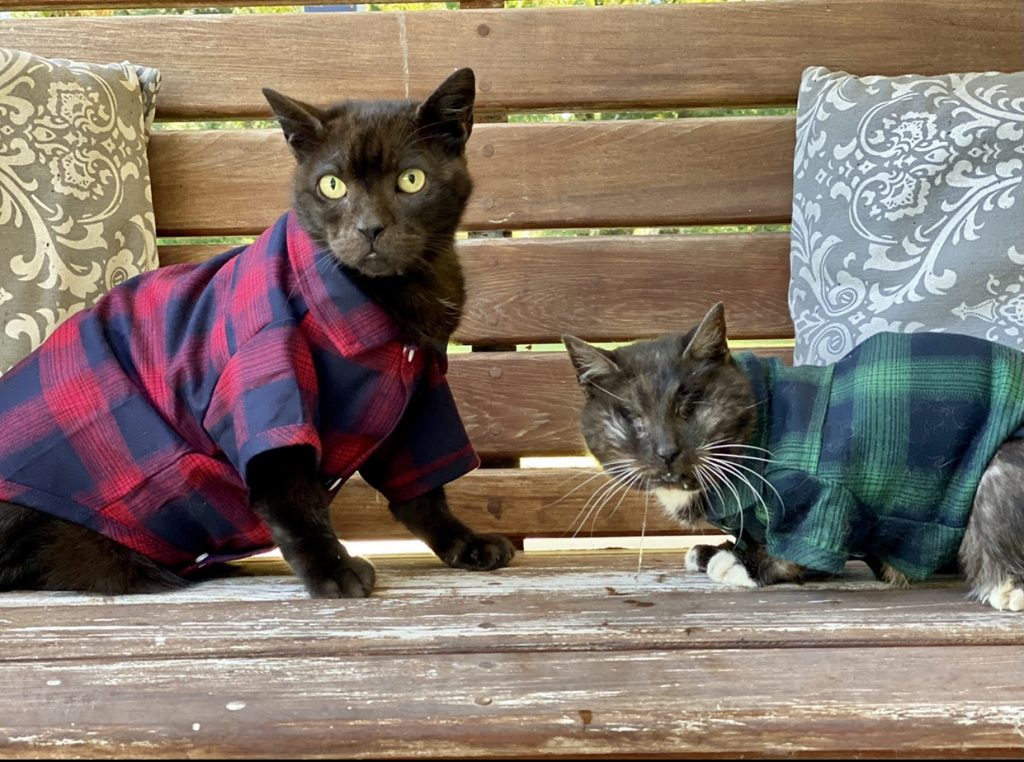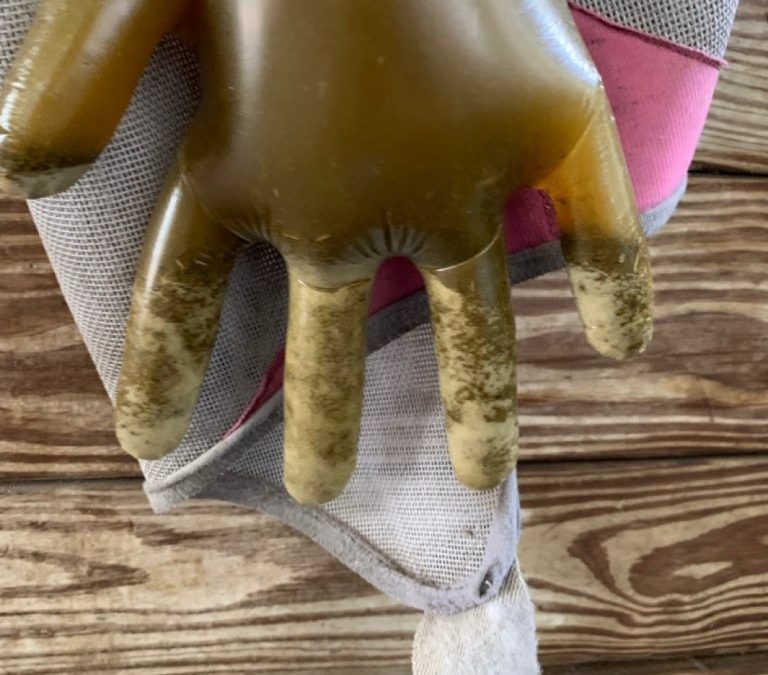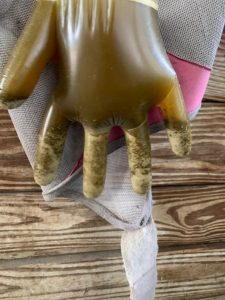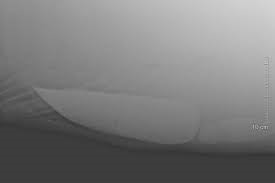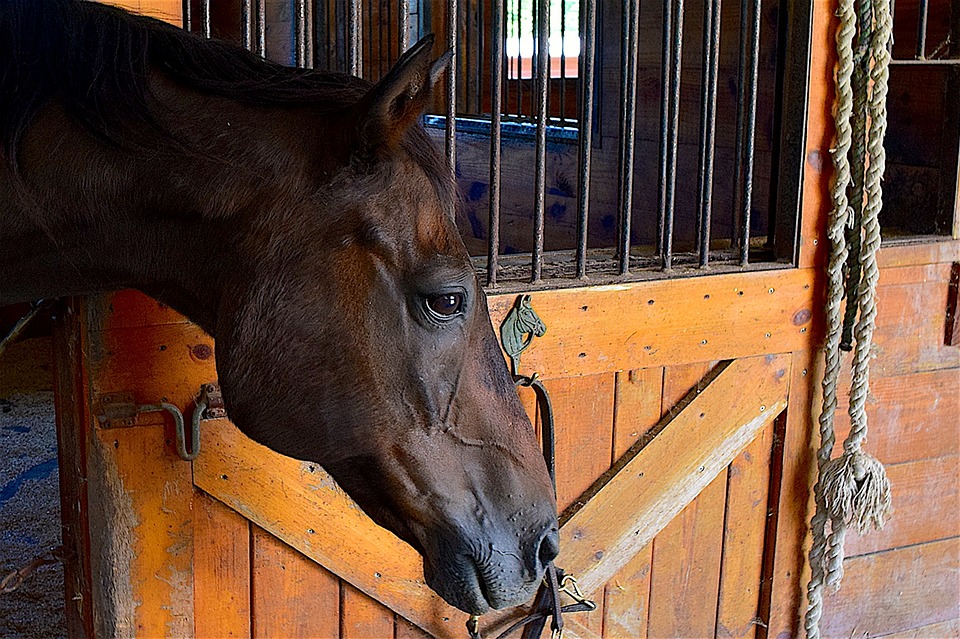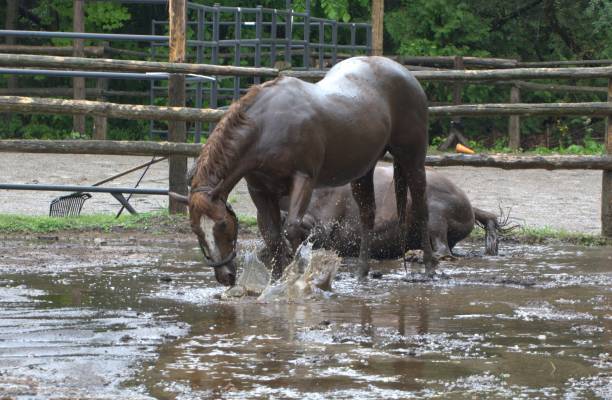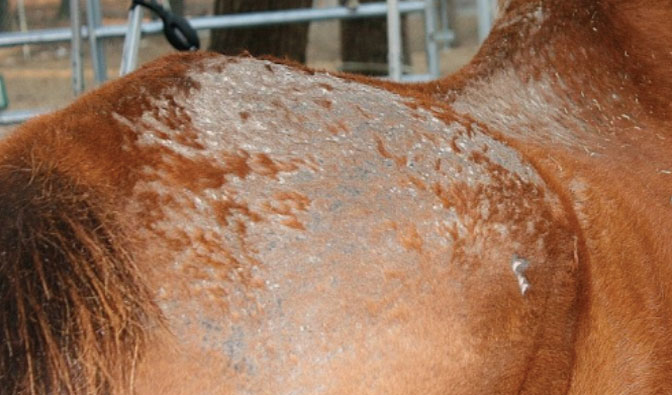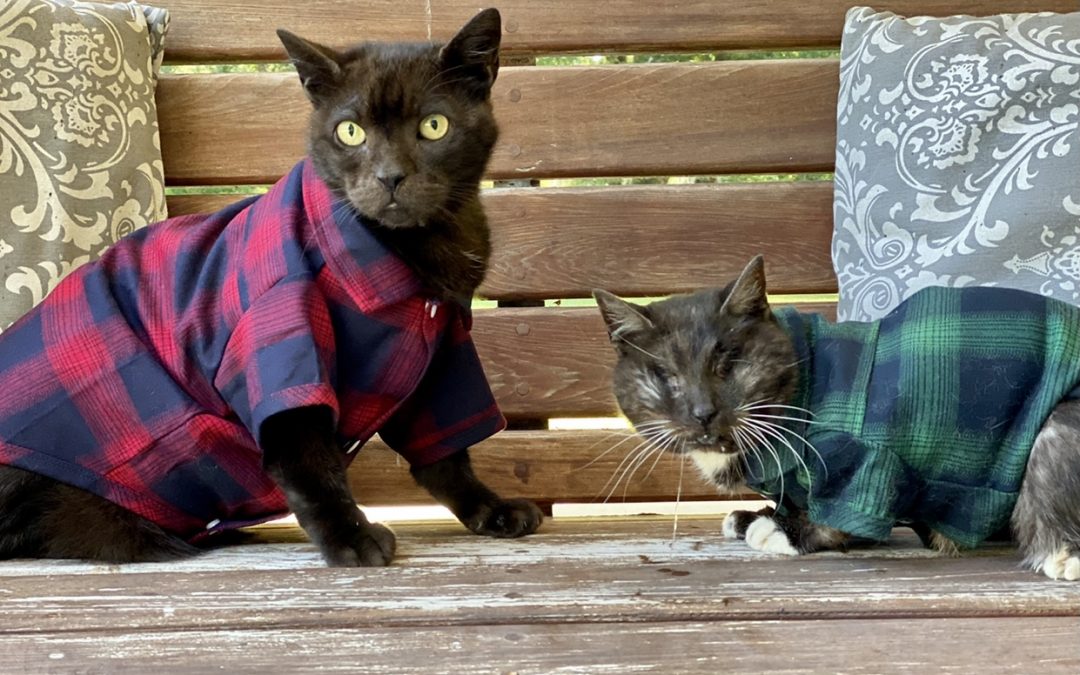
Cooler weather
Tuesdays with Tony
I sure am loving these cooler temperatures, aren’t you? The horses seem to be enjoying them as well. I’ve even noticed that some horses are starting to get their winter coats. Personally, I’m not ready for my minions to break out my flannel. In fact, if that thing were to go missing, I would not be upset.
Every year about this time my docs start to see a rise in the number of colics and I get numerous questions about how to best prepare for the cooler weather ahead. The best way to prepare is to spend as much time as possible napping in the warm sunshine, soak it all up and you will be one happy cat. Preparing your horses for the cooler temperatures is a little more involved, from clipping to blanketing to preventing the dreaded colic.
Clipping
Once, and only once, did I allow the humans to clip me. Granted, it was just my belly for some diagnostics but still, don’t think that I will ever let that happen again. Horses, on the other hand, tend to require clipping more frequently than us cats. I suppose that’s because they don’t spend hours a day grooming themselves. Here in Florida, horses like to blow their winter coat long before it’s actually cold. The days get shorter, so horses think it’s time to grow a thick coat to prepare for the colder weather. What they don’t seem to realize is that we live in Florida where the highs are still well into the 80s even in October and November, and the humidity is, well, suffocating at times. This is really when clipping becomes important.
While clipping for a horse show is all well and good, clipping for function can prevent problems from arising. A long coat and a hot, humid day are recipe for skin funk. Not only is dermatitis a pain to get rid of, it can also be painful and irritating to your horse. By clipping your horse’s body and legs you can help prevent moisture from getting trapped in that thick coat, thus preventing the development of the dreaded skin funk. If you do find yourself with a horse with rain rot or other skin issues, just reach for your handy-dandy CK shampoo and salve.
Sometimes a full body clip is not always what is best for your horse. Trace clips come in super handy in these situations. There are about a million different types of trace clips, just pick one you like and that works for you and off you go. That being said, a trace clip still leaves your horse prone to developing dermatitis over his back. Be sure to dry your horse thoroughly after every ride.
Horses with full winter coats are at an increased risk of overheating when the days get up into the 80s. Horses with Cushings and/or anhidrosis (non-sweaters) are at even more risk during hot days when their coats are very thick. Overheated horses are prone to many illnesses including laminitis, organ failure, and even death. Keeping that heavy winter coat off of them can certainly help reduce the risk of overheating.
Blanketing
Now that you’ve clipped your horse, it’s probably going to get unbearably cold. You know and I know that if it dips below 50 in Florida, we’re all freezing. The humans break out the winter coats and even I stick to the indoors. Just because you’re cold does not mean your horse is cold. And every horse is different in their tolerance of cold. There are a few guidelines to follow when it comes to blanketing your horse. If your horse has been fully body clipped, a stable sheet below 50 degrees and a stable blanket below 40 degrees should suffice. On those nights when it gets down to the 30s you can double up and put both stable sheet and stable blanket on.
If your horse has a trace clip you shouldn’t need more than a stable sheet below 40 and a blanket if it gets into the 30s. Most horses who have not been clipped don’t require any blanketing. Instead, just feed them a little extra hay and that will help them regulate their temperatures. It is also important to consider what environment your horse is in. If he is in his stall, a stable sheet and blanket will do, but if he stays outside, always make sure he is in a weatherproof sheet or blanket. No one likes to be wet under a blanket. If you have more questions on blanketing, just ask my docs what they recommend for your horse. In the meantime, I will be hiding my flannel somewhere where they can’t find it.
Colic
Every time the weather changes, there’s an uptick in the number of colics my docs see. More often than not, this is because horses tend to decrease the amount of water they drink when the weather gets cooler. Therefore, they become prone to impactions and dehydration. The best way to prevent this from happening is to make sure your horse drinks plenty of water. If I have learnt nothing else in my time around horses, it is that the saying “you can lead a horse to water but you can’t make him drink” is the most true statement ever. That being said, you can force water into your horse in round-about ways.
One such way is soaking their feed. Of course, there are some horses who refuse to eat soaked feed. Your second option is to soak their hay. They inadvertently get water even if they don’t want it. I also highly recommend adding salt to their diet. You do not need any of those fancy electrolytes or pink salts, just regular old table salt will do. About a tablespoon a day top dressed on their feed will increase your horse’s water consumption. Of course, there are those picky horses out there who just refuse to eat their feed if there is salt present in it. Alternatively, you can have free choice salt blocks around for them to decide they would like it. Even still, sometimes these tricks don’t work.
For really tough horses, you can make a “sweet tea” water. No, I do not recommend actually giving your horse sweet tea. What I do recommend is adding a handful of sweet feed, senior feed, or a bit of molasses to one water bucket so that it becomes sweet tea colored. If you choose this route, remember you MUST dump and rinse the bucket daily as the feed can ferment, mold and just get overall nasty. Also, make sure to have fresh, clean, plain water available at all times. For other tricks and tips to increase water consumption when the temperatures drop, give the docs a call. They are always happy to discuss these things with you.
Until next time, stay warm, and hide in your flannel.
~Tony
P.S. As always, if want to really get your horse nerd on, be sure to check out my docs podcast page, right here. It has everything you want to know and more!
Tuesdays with Tony is the official blog of Tony the Clinic Cat at Springhill Equine Veterinary Clinic in Newberry, Florida. If you liked this blog, please subscribe below, and share it with your friends on social media! For more information, please call us at (352) 472-1620, visit our website at SpringhillEquine.com, or follow us on Facebook!
[jetpack_subscription_form title="Subscribe to Whinny's Wisdoms"]
